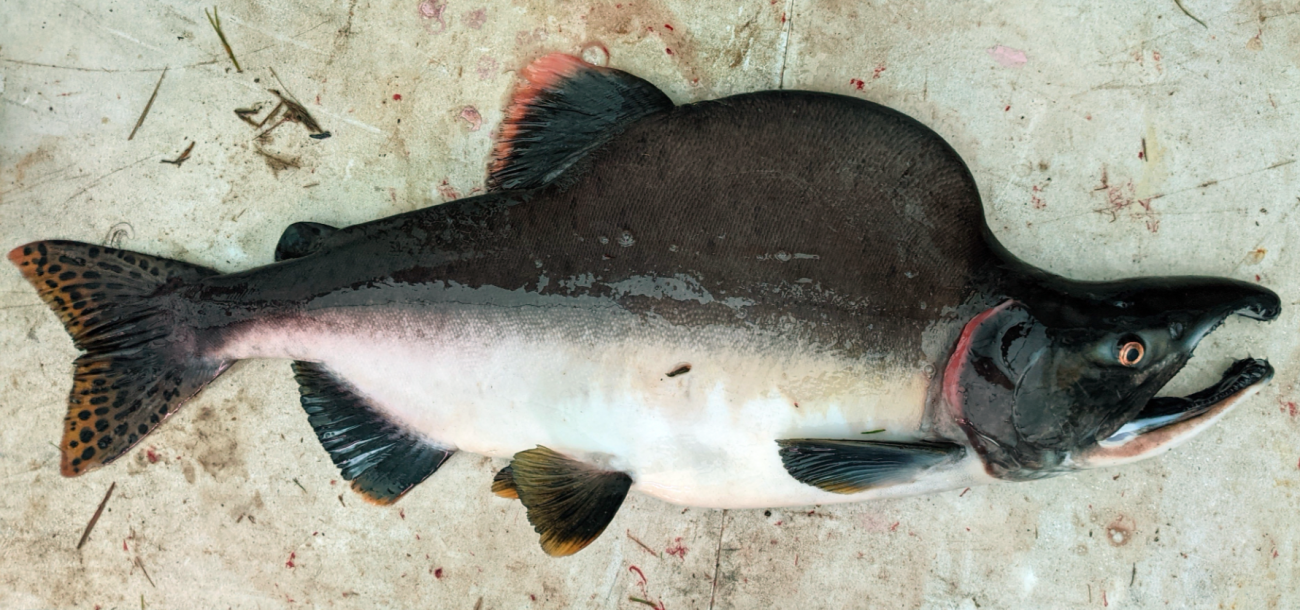
Pink salmon Oncorhynchus gorbuscha is a Pacific semelparous species. In the second half of the 20th century, the species expanded its range as a result of the invasion into the Great Lakes and introduction to the White Sea basin. During the last decade, pink salmon occupied some new watercourses within the Arctic Ocean basin. The non-native pink salmon is an important subject for understanding the adaptation potential of salmonids, due to many other efforts to introduce fish from the Salmonidae family to new habitats have failed.

Endocrine regulation coordinates interactions between environmental factors, internal rhythms, and the seasonality of physiological reactions in fish. Usually, to investigate internal physiological processes researchers analyzed a few biochemical parameters, including the mechanisms of spawning migration. In the present work, researchers from the Laboratory of Lower Vertebrate Behavior assessed multiple blood parameters in adult pink salmon. The fish were at an important time point in their life cycle: the run to the Umba River (Murmansk Region, Russia) for spawning. Blood sampling and cryopreservation of the serum were processed according to modern generally accepted protocols. Twenty-two blood parameters of twenty-three female and twenty-four male pink salmon were analyzed. The concentrations of thyroid hormones (energy exchange function), sex steroid hormones (maturation function), parameters of lipid and protein metabolism, and six electrolytes (indicate the osmoregulation activity) were analyzed in individual samples using enzyme-linked immunosorbent assay (ELISA) technique and clinical biochemical kits for automated analyzer iCubio.
The study results show that the heterogeneity of biochemical parameters in non-native pink salmon was predominantly based on sexual dimorphism. We attributed this result to two key processes: the maturation features of males and females and their different timings of running from seawater to freshwater. Maturation features were characterized by higher concentrations of estradiol-17β, triglycerides and lower activity of alanine aminotransferase in females than males. Both males and females had increased levels of cortisol due to changes from hypoosmotic to hyperosmotic regulation of homeostasis. However, females had higher levels of cortisol, total protein, and calcium compared to males, indicating that pink salmon females run to the river later than males. The observed heterogeneity of blood parameters in pink salmon could be useful as preliminary data for assessing their physiological divergence in the White Sea basin. The study was conducted by financial support of Russian Science Foundation No 19-14-00015 and No 24-14-00111. The article was published in the journal of first quartile.
